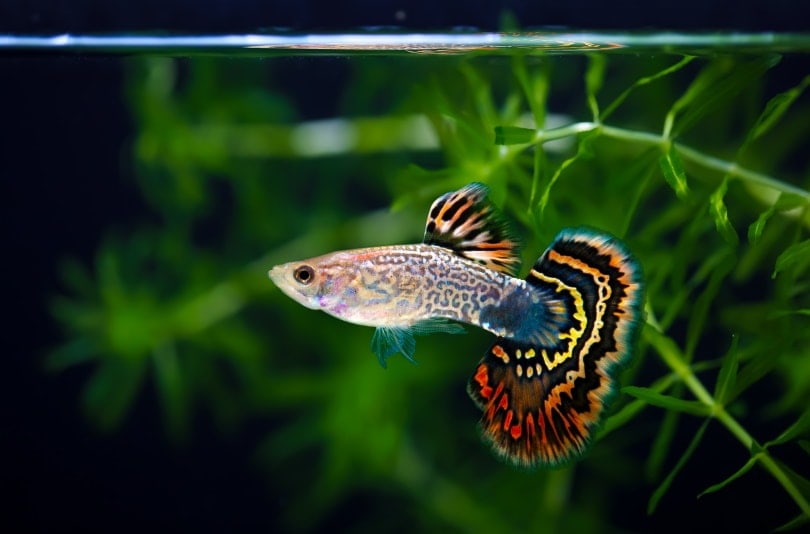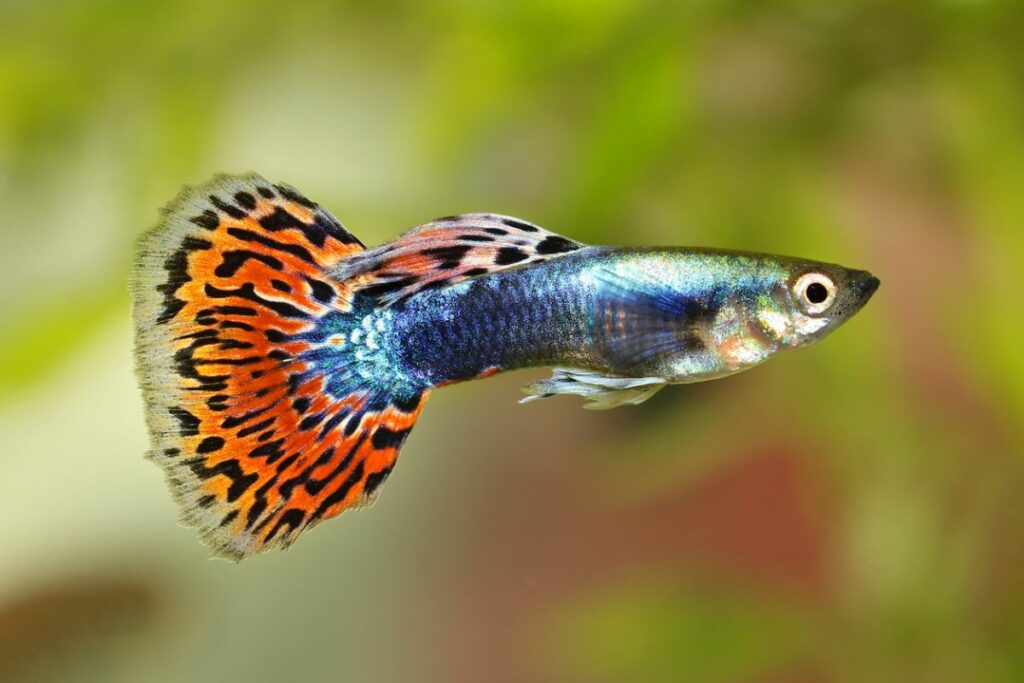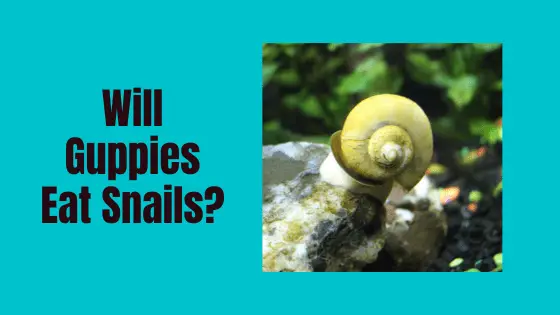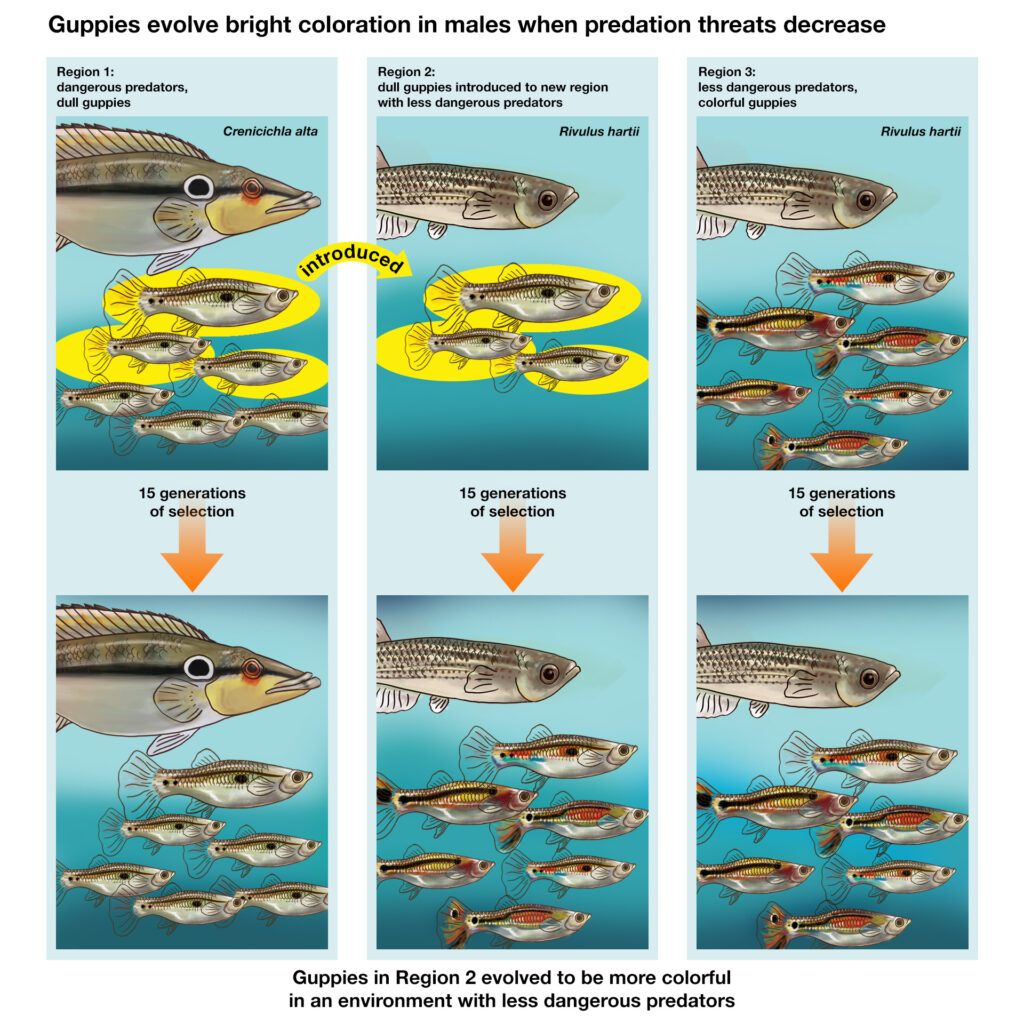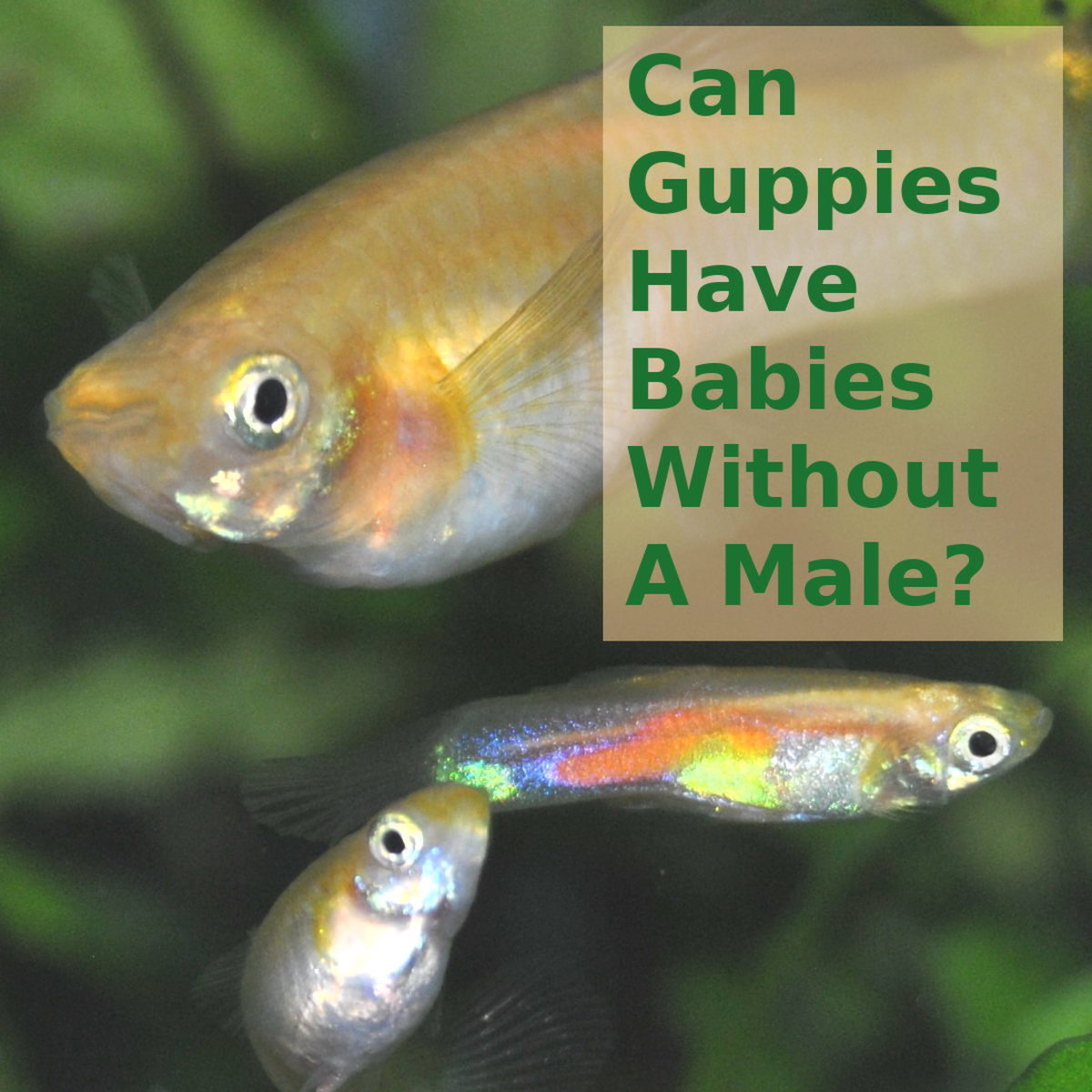Do you ever wonder where those vibrant little fish in your aquarium come from?
Well, get ready to dive into the captivating world of guppies!
In this article, we'll take you on a journey through time and space to uncover the native habitats and original homelands of these fascinating creatures.
From their historical range to their geographic distribution, we'll explore every nook and cranny of the guppy's natural habitat.
So sit back, relax, and prepare to be amazed by the incredible story of where guppies are truly native to.
Key Takeaways
- Guppies are native to freshwater streams in northeastern South America, including countries like Venezuela, Trinidad and Tobago, and Barbados.
- Human activities such as deforestation, pollution, and the introduction of non-native species have impacted the habitats of guppies.
- Guppies have the ability to adapt to different environments and tolerate a wide range of water salinity levels.
- Conservation efforts for guppies focus on preserving their natural habitats within their native range and managing their populations through techniques like captive breeding.
Historical Range of Guppies
Guppies were originally found in the freshwater streams of northeastern South America. However, their historical population decline can be attributed to the impact of human activity.
Over time, as humans began to settle near these streams and engage in various activities such as agriculture and industry, the natural habitats of guppies were greatly affected. Pollution from industrial waste and agricultural runoff contaminated the water, leading to a decrease in water quality. Additionally, deforestation caused by human settlement resulted in habitat loss for guppies.
As a result, their population started to decline rapidly. The introduction of non-native species further disrupted their ecosystem and contributed to their decline.
Human activity has had a significant impact on the historical range of guppies and continues to threaten their survival today.
Native Habitats of Guppies
When it comes to guppies, it's important to understand their natural environments, geographic distribution, and native range.
Guppies are known to thrive in a variety of habitats including streams, rivers, and even stagnant water bodies.
They can be found in various parts of the world, from South America to the Caribbean islands.
Their native range spans across countries such as Venezuela, Trinidad and Tobago, and Barbados.
Guppies' Natural Environments
If you want to learn about the natural environments of guppies, you should explore where they are native to. Guppies are native to various regions in South America, including Trinidad and Tobago, Venezuela, Guyana, and Brazil. These areas offer diverse habitats for guppies to adapt to different environments.
One remarkable adaptation is their ability to survive in both freshwater and brackish water conditions. Guppies have developed physiological traits that allow them to tolerate a wide range of water salinity levels.
However, despite their adaptability, guppies face threats in their natural habitats. Habitat destruction from deforestation and pollution pose significant risks to these colorful fish. Additionally, invasive species like predatory fish can also disrupt guppy populations by preying on them or competing for resources.
It is crucial to understand these factors when considering the conservation of guppy populations in their natural environments.
Geographic Distribution of Guppies
The geographic distribution of guppies includes various regions in South America, where they have adapted to diverse habitats. As climate change continues to impact the planet, it has also started affecting the distribution of guppies. Rising temperatures and changes in rainfall patterns are altering their natural habitats, forcing them to move to new areas or face extinction. The impact of climate change on guppies' distribution is significant as it disrupts their ability to find suitable conditions for survival and reproduction.
Additionally, human activities have introduced guppies into non-native environments. These introductions often occur when people release pet guppies into local waterways without realizing the potential consequences. Once established in these new environments, guppies can outcompete native species for resources and disrupt the balance of ecosystems. This introduction of guppies in non-native environments can lead to negative ecological impacts and further complicate their geographic distribution.
Guppies' Native Range
To understand the range of guppies, it is important to consider their natural habitats and how they have adapted to diverse environments. Guppies are primarily found in the Caribbean islands of Trinidad and Tobago, where they are native. Historically, they were distributed across various freshwater habitats in these islands, including rivers, streams, and ponds. However, human intervention has led to the introduction of guppies to many other parts of the world for ornamental purposes or as biological control agents. This has had a significant impact on their distribution and genetic diversity. In some cases, guppies have become invasive species and have outcompeted native fish populations. Therefore, understanding the historical distribution and studying the impact of human intervention is crucial for effectively managing guppy populations.
There are three key items to consider when studying guppies' native range. Firstly, it is important to identify the specific habitats within Trinidad and Tobago where guppies are naturally found. This will provide insight into their preferred environments and help determine their range. Secondly, understanding the factors that have influenced their distribution over time is essential. This includes examining natural factors such as water temperature, pH levels, and food availability, as well as human activities that have altered their habitats. Lastly, it is crucial to assess the ecological consequences of introducing non-native guppy populations to new environments. This includes evaluating the impact on native species, ecosystem dynamics, and overall biodiversity. By considering these factors, researchers can gain a comprehensive understanding of guppies' range and make informed decisions for their management.
Geographic Distribution of Guppies
Did you know that guppies are native to freshwater streams in South America? These colorful little fish have become quite popular as pets, but they also have a darker side. Guppies are known to be invasive species when introduced into new environments. Due to their ability to reproduce rapidly and adapt to various conditions, they can outcompete native species for resources and disrupt delicate ecosystems.
Climate change is also having an impact on the geographic distribution of guppies. As temperatures rise and weather patterns shift, these fish are finding themselves in new habitats. This can lead to both positive and negative effects. On one hand, guppies may be able to expand their range and colonize new areas. On the other hand, they may face increased competition from other species or encounter unfavorable conditions that hinder their survival.
Overall, understanding the geographic distribution of guppies is important in managing their presence as invasive species and studying the effects of climate change on aquatic ecosystems.
Native Populations of Guppies
Climate change is impacting the geographic distribution of guppies, which has implications for understanding their native populations. As a reader, you should consider the following points:
Population dynamics: Climate change can lead to shifts in guppy populations. Rising temperatures and altered rainfall patterns can affect breeding patterns and survival rates, potentially leading to changes in population size and genetic diversity.
Captive breeding: To conserve native guppy populations, captive breeding programs are being implemented. This involves carefully selecting individuals with desirable traits from different populations and promoting their reproduction under controlled conditions. These programs aim to preserve genetic diversity and ensure the survival of guppies in their natural habitats.
Understanding native populations: By studying the native populations of guppies, researchers gain valuable insights into their adaptations, behavior, and ecological interactions within their specific environments. This knowledge helps us better understand how climate change impacts not only guppies but also other species that rely on similar habitats.
Indigenous Environments of Guppies
As a reader, you should consider the unique environments where guppies are found and how those environments shape their characteristics.
Guppies are native to various indigenous ecosystems in South America, such as rivers, streams, and ponds. These ecosystems provide diverse habitats for guppies to thrive in.
Due to human activities and invasive species introductions, many of these indigenous ecosystems have faced threats and degradation over time. As a result, conservation efforts have been implemented to protect and restore these habitats for guppies and other native species.
Original Homelands of Guppies
The various indigenous ecosystems in South America, including rivers, streams, and ponds, are where guppies originally come from. These environments have shaped the evolutionary adaptations of these tiny fish over time. Guppies have developed a range of unique traits to survive and thrive in their homelands.
Colorful camouflage: Guppies display vibrant colors that help them blend into their surroundings, making it harder for predators to spot them.
Rapid reproduction: To avoid being wiped out by predation or changing environmental conditions, guppies have evolved the ability to reproduce quickly and produce large numbers of offspring.
Feeding versatility: Guppies are opportunistic feeders, able to consume a wide variety of food sources available in their native habitats.
While guppies may seem small and insignificant, they have a significant impact on the ecosystems they inhabit. Through their feeding habits and reproductive strategies, they play an important role in maintaining the balance of these delicate environments.
Native Range of Guppies
In their original habitats in South America, guppies have adapted to the diverse ecosystems found in rivers, streams, and ponds. These small fish are native to several countries including Venezuela, Guyana, Brazil, and Trinidad and Tobago.
The guppies' native range plays a crucial role in understanding their conservation efforts. By studying their natural habitats, scientists gain insights into the specific environmental conditions that guppies require for survival. This knowledge helps guide conservationists in creating suitable conditions for these fish when they are introduced to new environments outside of their native range.
Additionally, understanding the guppies' native range allows researchers to identify potential threats such as habitat destruction or invasive species that may impact the survival of these colorful fish. By focusing on preserving their natural habitats within their native range, we can contribute to the long-term conservation of guppy populations.
Frequently Asked Questions
What Are the Common Predators of Guppies in Their Native Habitats?
In their native habitats, guppies face common predators. Through natural selection, guppies have developed survival strategies to evade these threats and ensure their own survival.
Are Guppies Found in Both Freshwater and Saltwater Environments?
Guppies in aquariums are typically found in freshwater environments. However, as an invasive species, they can also survive in saltwater habitats under certain conditions.
How Have Guppies Adapted to Their Native Habitats Over Time?
Over time, guppies have adapted to their native habitats through reproductive strategies and coloration patterns. They have developed unique ways of reproducing and evolved vibrant colors to attract mates and blend in with their surroundings.
Are Guppies Found in Any Specific Regions With Unique Environmental Characteristics?
Guppies, found in specific regions, have unique environmental characteristics. They adapt to their native habitats over time, meeting habitat requirements and playing a role in their ecosystems.
Do Guppies Exhibit Any Migratory Behavior Within Their Native Range?
Guppies within their native range exhibit various reproductive strategies. Environmental changes have an impact on their migratory behavior. It's interesting to see how these factors influence the movement patterns of guppies.
Conclusion
So there you have it, now you know where guppies are native to!
These vibrant little fish originally called the rivers of South America their home. From the tropical forests of Venezuela to the stunning waterways of Guyana, guppies thrived in their indigenous environments.
It's amazing to think about how they've spread across the globe since then, but let's not forget their humble beginnings.
So next time you see a guppy swimming in your tank, remember its ancestral roots and appreciate the journey it has taken to be with you today.





